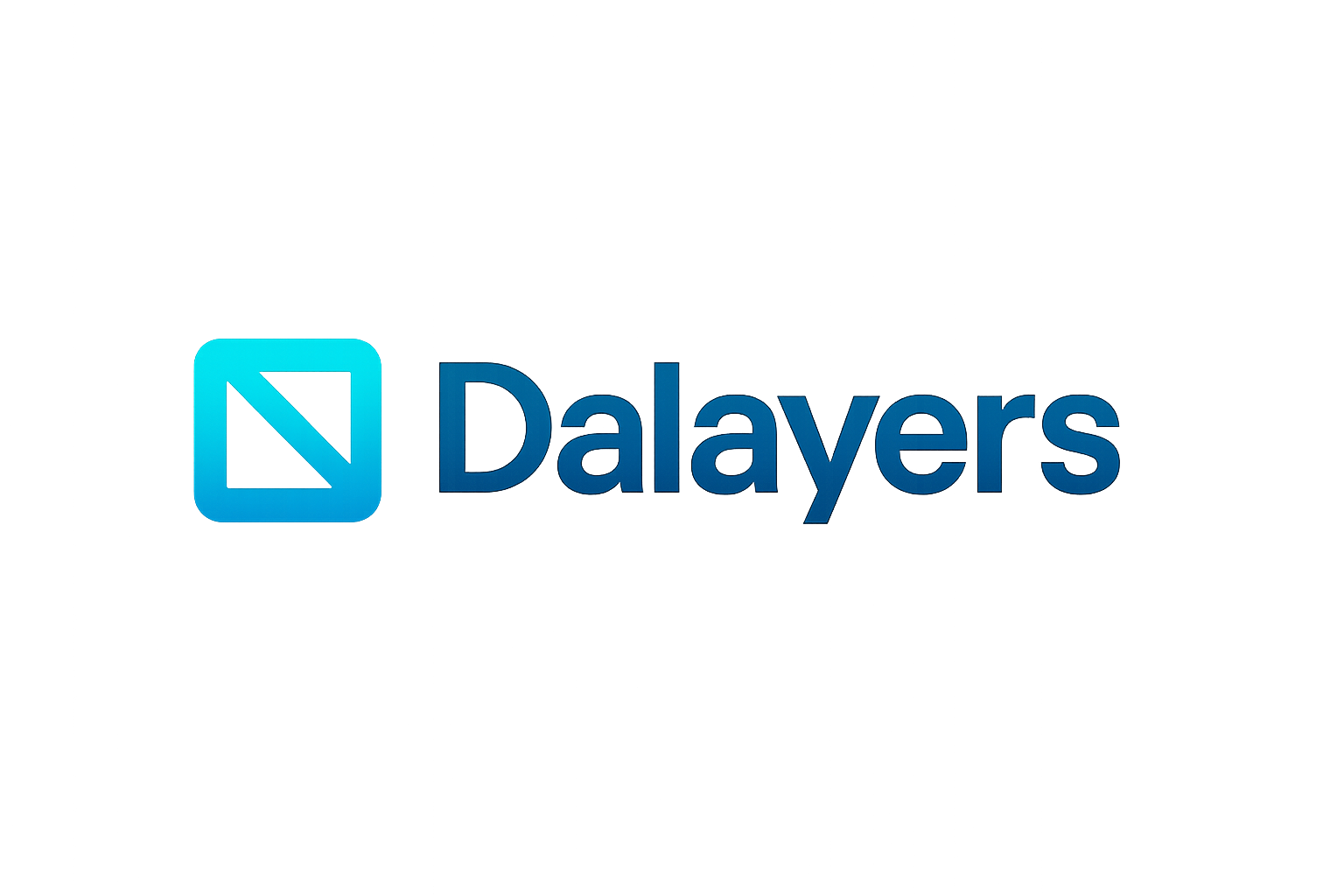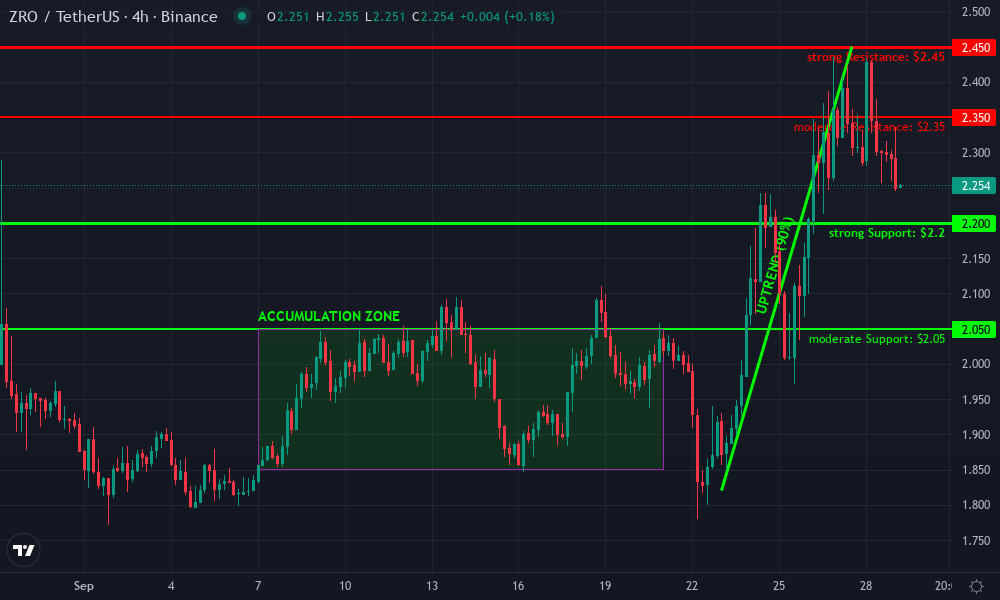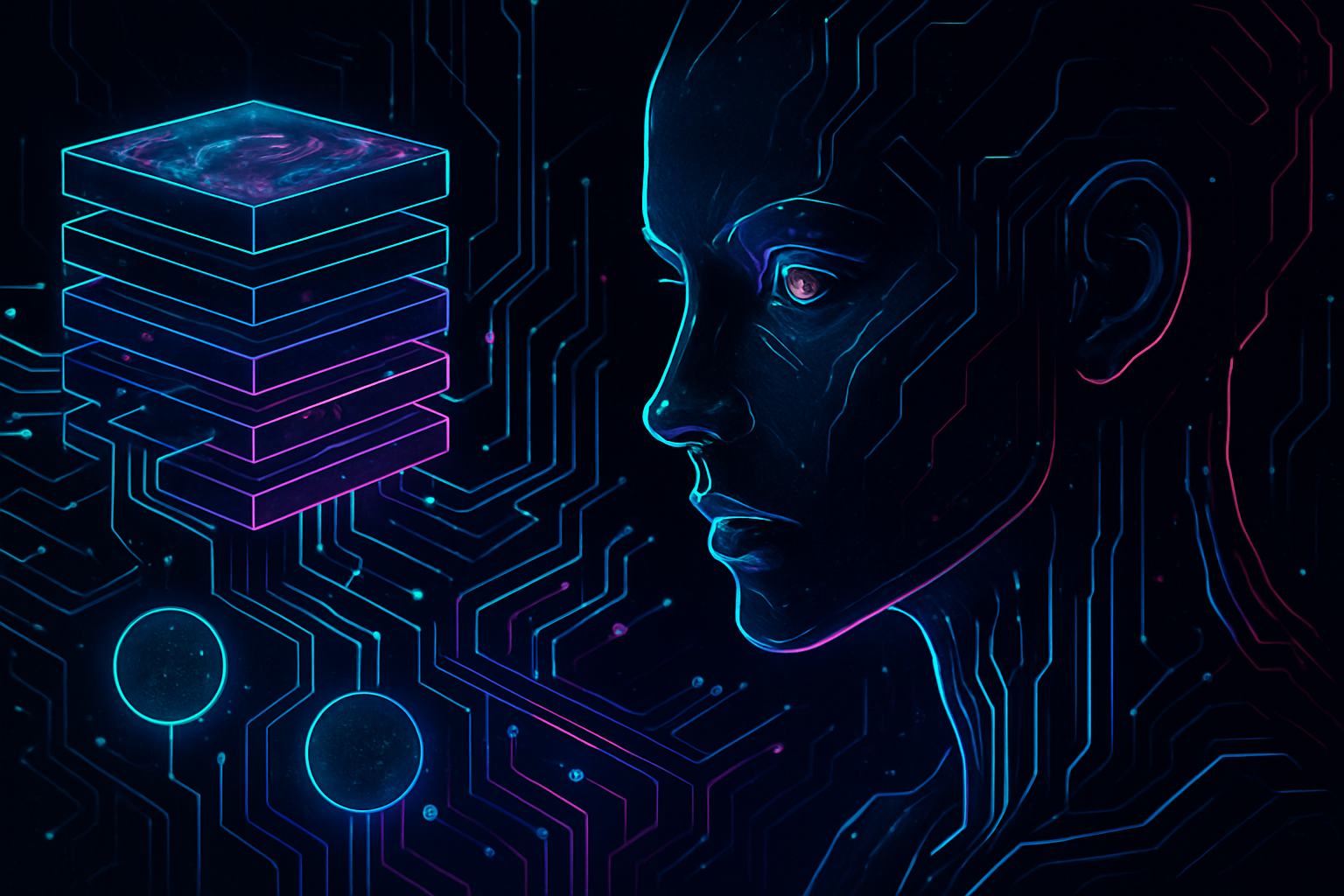
AI-native dApps are rapidly evolving, and the real game-changer behind their scalability and intelligence is the rise of data availability layers (DALs) for AI. Today’s most promising examples? Irys and 0G. These platforms aren’t just buzzwords – they’re fundamentally rearchitecting how decentralized applications access, store, and verify data in real time. If you’re building or investing in AI-driven dApps on blockchain, understanding these innovations is non-negotiable.
Irys: The Programmable Datachain Unleashed
Irys isn’t your average data layer. It’s a programmable datachain that fuses low-cost storage with an EVM-compatible execution environment, letting smart contracts and AI agents interact directly with on-chain data. Forget relying on off-chain databases or fragile oracles. With Irys, every read, write, and rule enforcement happens natively – a critical leap for AI-native dApps that need instant access to massive datasets and verifiable computation.
The secret sauce? Irys’s multi-ledger system. This architecture lets developers choose between permanent or ephemeral storage based on their needs – perfect for everything from immutable NFT metadata to short-lived inference results. Plus, with the IrysVM, you get programmable datasets and on-chain management of AI models and proofs of inference.
This isn’t theoretical. Irys already handles thousands of writes per second, making it an ideal backbone for high-throughput rollups, L2s, and next-gen AI protocols demanding both speed and reliability.
0G: Decentralized AI Infrastructure at Scale
If you’re tracking the modular DA scene, 0G is impossible to ignore. At a current price of $3.69, 0G is positioning itself as the world’s first true AI-native Layer 1 – not just another blockchain but a full-stack decentralized operating system for intelligent applications. The heart of this ecosystem is 0G DA: an infinitely scalable data availability solution built right into its general-purpose storage layer.
Traditional DALs hit walls when faced with the scale required by real-time Web3 AI use cases. 0G’s architecture breaks through these limits by integrating storage (via 0G Storage), compute (for on-chain inferencing), and scalable DA into a single unified stack. The result? Developers can build dApps that serve, verify, and monetize intelligent services entirely on-chain without centralized choke points.
ZeroLayer (0G) Technical Analysis Chart
Analysis by Miles Brennan | Symbol: BINANCE:ZROUSDT | Interval: 4h | Drawings: 6
Technical Analysis Summary
Draw an aggressive uptrend line from the September 23rd local low around $1.82 to the recent peak at $2.45 (September 27th). Mark horizontal resistance at $2.35 (recent swing top) and another at $2.45 (local high). Place horizontal support lines at $2.20 (recent consolidation area) and $2.05 (former resistance turned support). Highlight the sharp breakout candle on September 25th with an arrow_marker and a callout. Use a rectangle to outline the accumulation phase from September 7th to September 21st in the $1.85-$2.05 range. Mark current price action showing possible pullback to support before potential continuation.
Risk Assessment: high
Analysis: Strong momentum, but aggressive entries mean wider stops and higher volatility. Trend is your friend but requires tight risk management.
Miles Brennan’s Recommendation: Scale in aggressively at $2.20 support, stop below $2.05. First targets $2.35, then $2.45—trail stops if breakout confirms. Don’t hesitate to cut losers—ride strength, respect the risk.
Key Support & Resistance Levels
📈 Support Levels:
-
$2.2 – Consolidation support after breakout. High probability for buyers to defend.
strong -
$2.05 – Previous resistance, now acting as secondary support.
moderate
📉 Resistance Levels:
-
$2.35 – Minor resistance at recent swing top, likely to be tested soon.
moderate -
$2.45 – Local high—clear breakout trigger. Above here, momentum could accelerate.
strong
Trading Zones (high risk tolerance)
🎯 Entry Zones:
-
$2.2 – Retest of breakout support, aligns with aggressive swing entry.
medium risk
🚪 Exit Zones:
-
$2.05 – Stop loss below major support—if lost, trend is invalidated.
🛡️ stop loss -
$2.35 – Partial profit at resistance to lock gains and ride remaining position.
💰 profit target -
$2.45 – Major profit target at breakout high—trail stops if momentum continues.
💰 profit target
Technical Indicators Analysis
📊 Volume Analysis:
Pattern: Volume spike on breakout (September 25th), confirming conviction on move up.
Aggressive buyers stepped in on breakout, validating trend shift.
📈 MACD Analysis:
Signal: Likely bullish crossover during breakout phase.
Momentum indicator would confirm aggressive long entries.
Applied TradingView Drawing Utilities
This chart analysis utilizes the following professional drawing tools:
Disclaimer: This technical analysis by Miles Brennan is for educational purposes only and should not be considered as financial advice.
Trading involves risk, and you should always do your own research before making investment decisions.
Past performance does not guarantee future results. The analysis reflects the author’s personal methodology and risk tolerance (high).
Pushing the Limits: Why DALs Matter for AI-Native dApps
So why are advanced DALs like Irys and 0G so critical for the next wave of Web3 innovation?
- Scalability: Both platforms support massive throughput – essential when training models or serving inference at scale.
- Verifiability: Data integrity isn’t optional in decentralized AI; DALs ensure every byte is accessible and auditable.
- Programmability: With programmable datasets (Irys) or modular infrastructure (0G), developers can automate complex workflows directly on-chain.
This unlocks new design spaces: think autonomous trading bots able to verify price feeds in real time without trusting a single oracle, or decentralized social networks where content moderation policies are enforced transparently by smart contracts interacting with live datasets.
The Market Context: Real-Time Data Flow Meets Web3 Demand
The convergence of verifiable data layers with decentralized compute is already attracting serious developer momentum – not to mention capital flows chasing scalable solutions as token prices heat up across the sector. As of today (2025-09-29), 0G trades at $3.69, reflecting growing demand for foundational infrastructure capable of powering real-time data flow in Web3 ecosystems.
What’s striking is how these data availability layers for AI aren’t just theoretical infrastructure, they’re already being put to work by builders and researchers who need more than the legacy chains can offer. AI-native dApps in areas like onchain gaming, decentralized science (DeSci), and verifiable NFT provenance are leveraging Irys and 0G to process, store, and audit data at a pace that would have been unthinkable even a year ago.

Take decentralized AI marketplaces: using 0G’s modular stack, developers can deploy models, serve inference requests, and settle payments all within a single onchain environment. This means no more brittle bridges or off-chain trust assumptions, just pure programmable logic and verifiable results. Meanwhile, Irys’s programmable datachain lets protocols embed rules directly into datasets, enabling features like automated dispute resolution or onchain model verification without any centralized oversight.
Key Features Driving Adoption
Top Features Making Irys & 0G Essential for AI dApps
-
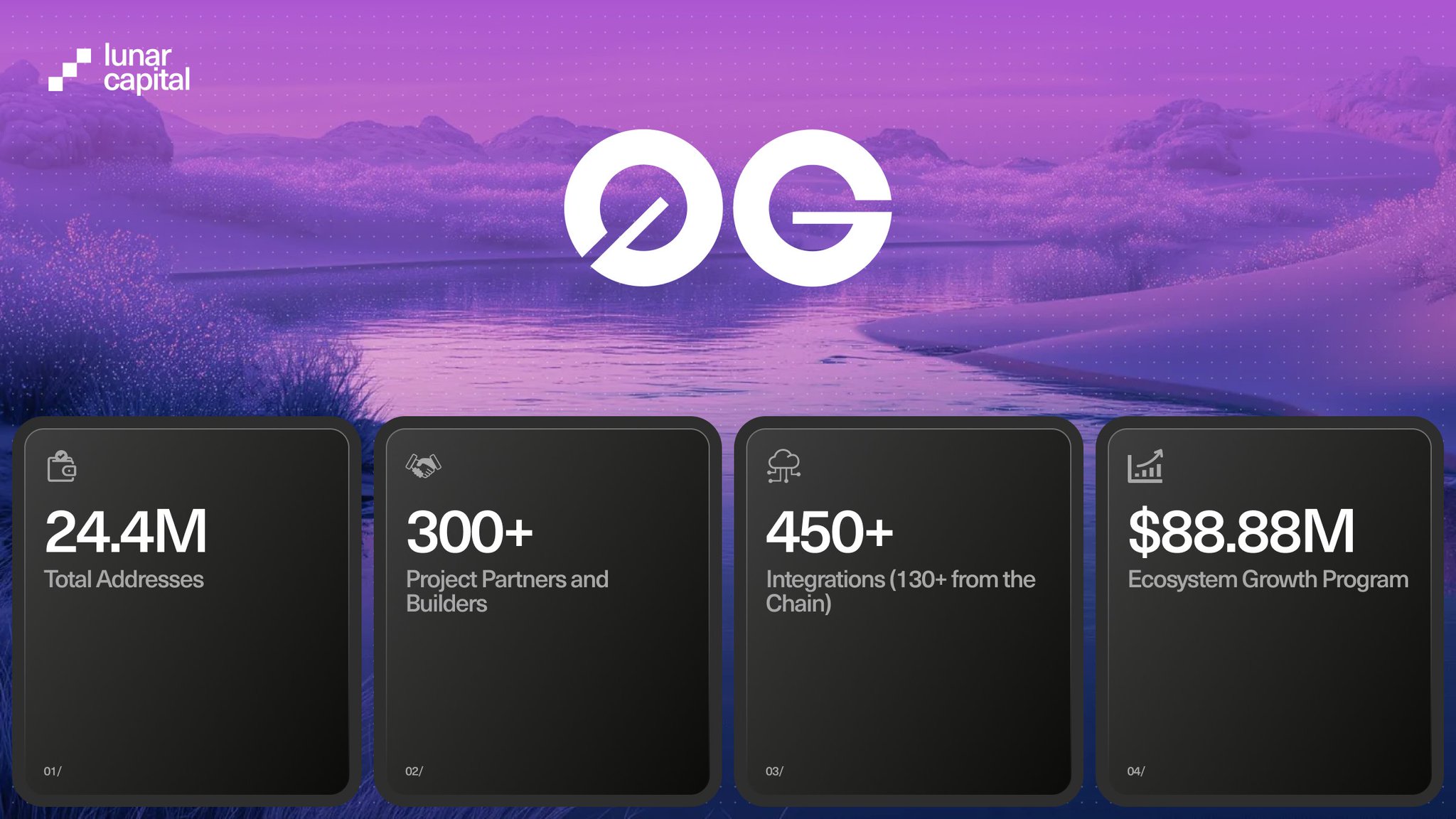
Infinitely Scalable Data Availability (0G DA): 0G’s Data Availability Layer is built for massive scalability, handling high-throughput data needs for AI-native dApps without bottlenecks.
-

Programmable Datachain (Irys): Irys enables on-chain data interaction with a programmable datachain, letting smart contracts and AI agents read, modify, and enforce rules on data directly—no external oracles required.
-
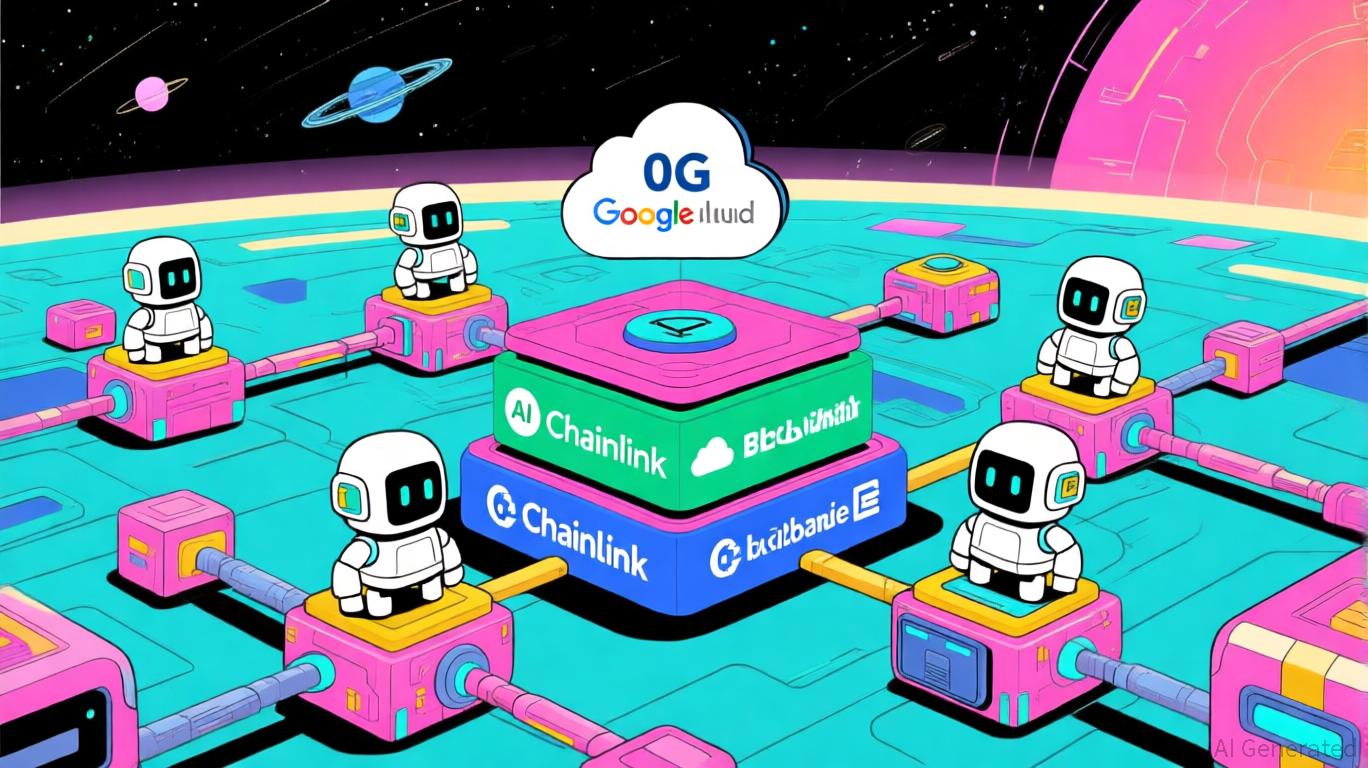
Unified Storage, Compute & Data Availability (0G): 0G integrates decentralized storage, compute, and data availability into a single platform, empowering developers to build, serve, and verify AI applications entirely on-chain.
-
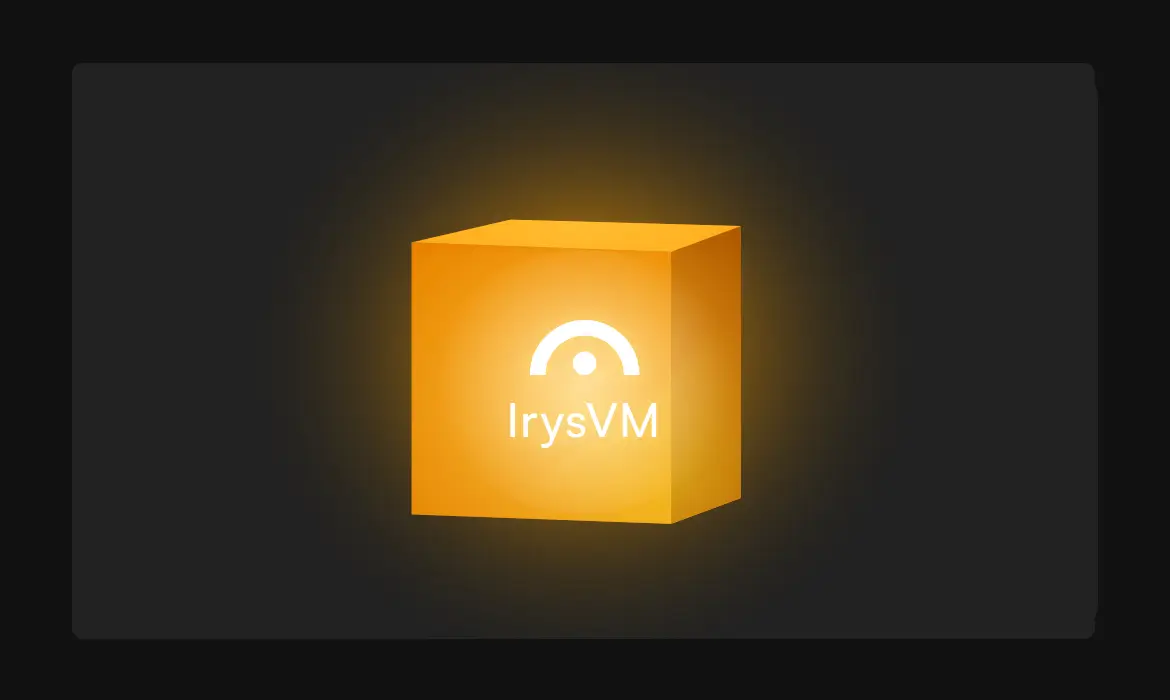
Flexible, Multi-Ledger Storage (Irys): Irys offers a multi-ledger system for both permanent and temporary data, making it ideal for managing diverse AI datasets and model lifecycles.
-
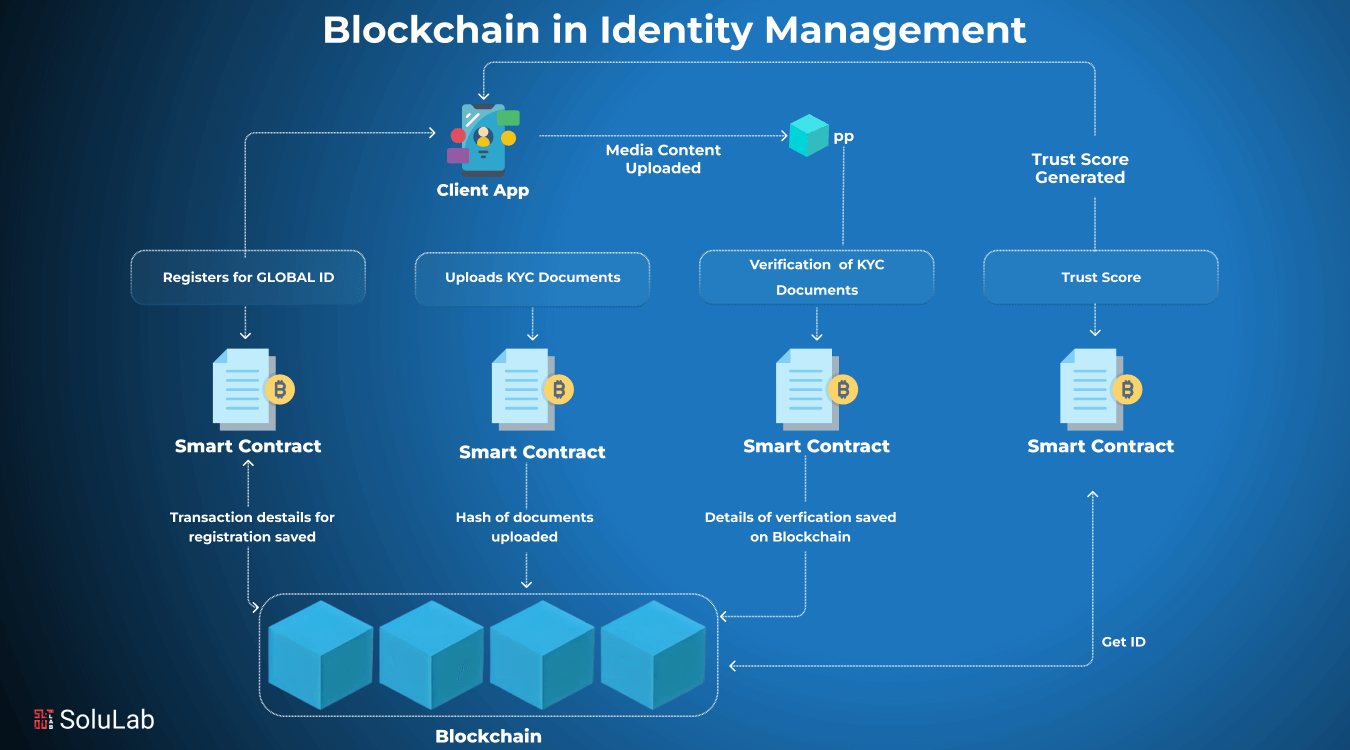
Verifiable Compute & Data Integrity: Both Irys and 0G ensure data provenance and verifiability, which is crucial for trustworthy AI outputs and transparent dApp operations.
-

EVM Compatibility & Direct Data Execution (Irys): Irys’s EVM-compatible execution layer enables direct interaction between data storage and computation, streamlining AI workflows on-chain.
-
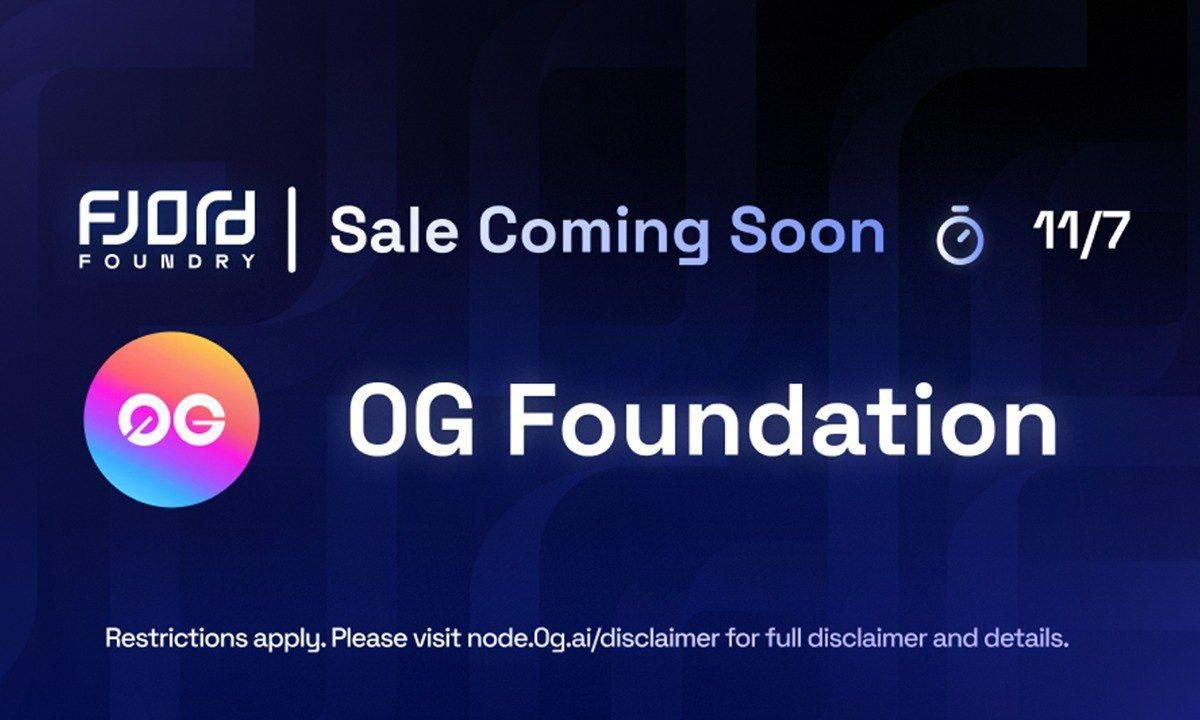
Decentralized AI Marketplace (0G Serving): 0G’s Serving component provides a decentralized marketplace for AI services, making it easy to access and monetize AI models and inference on-chain.
Both platforms are also tackling the cost bottleneck head-on. By decoupling storage from execution (Irys) or optimizing for infinite scalability (0G), they’re making it economically viable to store large datasets or inference logs directly onchain. For developers building in fast-moving sectors like DeFi or real-time analytics, this means lower friction, faster iteration cycles, and radically improved transparency.
“The days of siloed AI models relying on black-box databases are numbered. With DALs like Irys and 0G, every step of the AI workflow can be made transparent, auditable, and programmable, right where it matters most: onchain. “
The result? More resilient dApps that don’t just scale but actually become more secure as they grow. And with 0G currently trading at $3.69, the market is clearly starting to price in the value of foundational DA infrastructure for tomorrow’s intelligent Web3 applications.
Looking Ahead: Modular DA Layers Will Shape Onchain AI
The future is modular, not monolithic. As more projects demand real-time data flow in Web3 environments where trustlessness is paramount, expect to see adoption accelerate for solutions like Irys’s programmable datachain and 0G’s infinitely scalable DA layer. Both are setting new benchmarks not only for what’s possible with decentralized storage but also how we think about verifiable compute in open networks.
If you’re building or investing in the next generation of AI-native dApps blockchain, keep your eyes glued to these platforms. The synergy between robust data availability layers and real-time decentralized AI isn’t just powering today’s killer apps, it’s laying the foundation for tomorrow’s entire digital economy.
